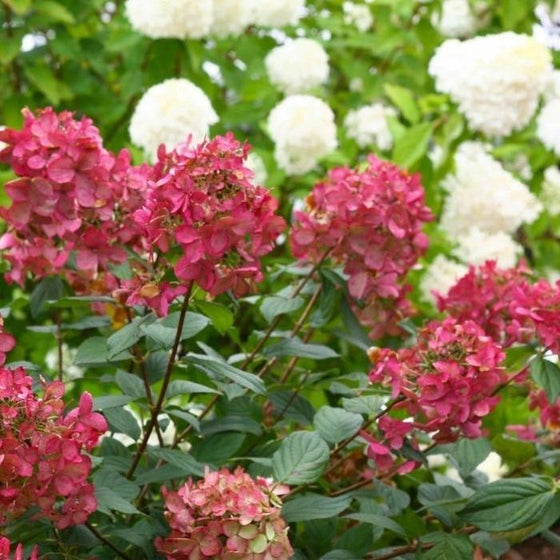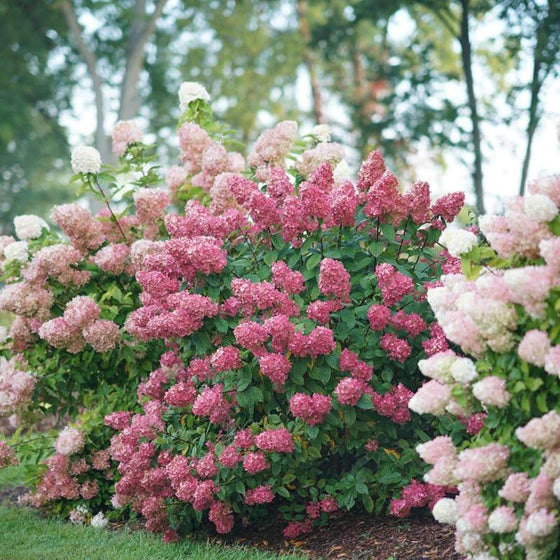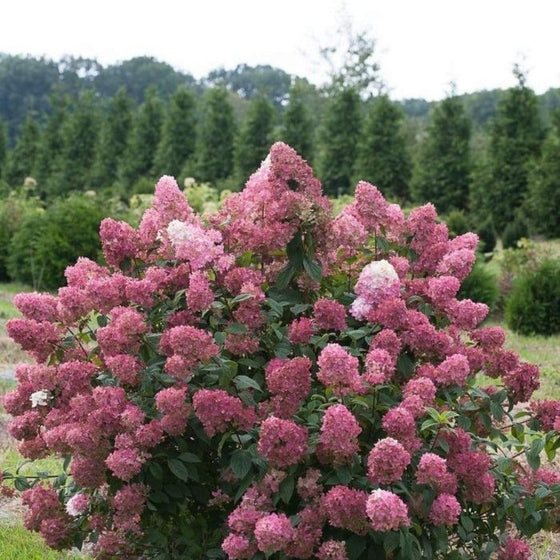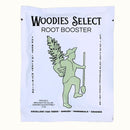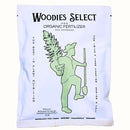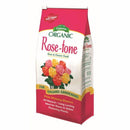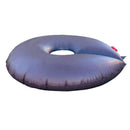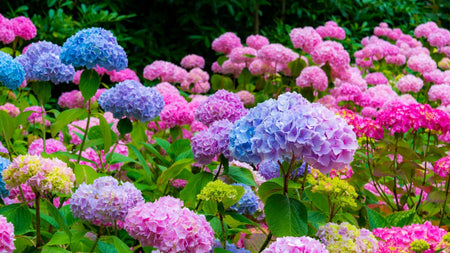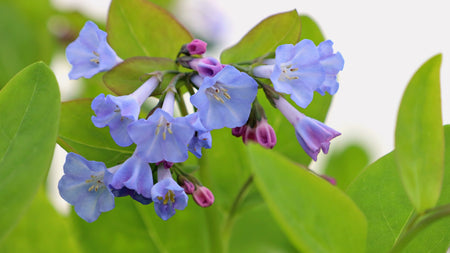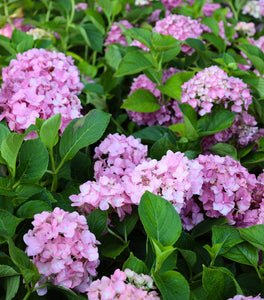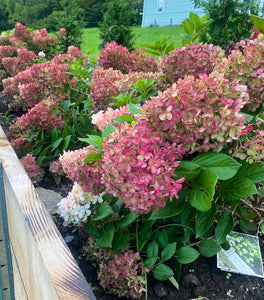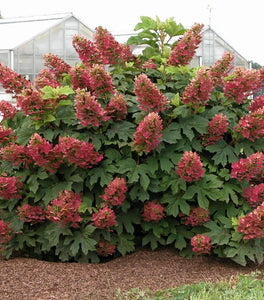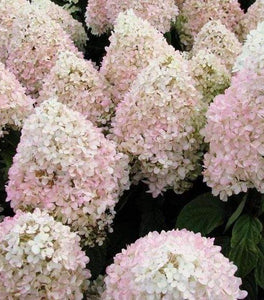
Images Depict Mature Plants
Fire Light Hydrangea Shrubs For Sale Online
Fire Light® Hydrangea or Hydrangea paniculata 'Fire Light' is a bright shrub that blooms about a month before any other hydrangea. These easily maintained shrubs are perfect for foundation planting, a back-of-the-border garden, a cutting garden, or a privacy hedge.
A notable characteristic of these flamboyant bushes is the foliage color transition throughout the seasons. The Fire Light® Hydrangea's flowers change in color from bright white to pale pink in early spring. As fall approaches and temperatures drop, the flowers gain a deeper, richer pomegranate color.
It is significant also to note that the flower color on Fire Light® Hydrangea shrubs is not affected by soil pH. The Fire Light® Hydrangea is an excellent option if you enjoy cutting flowers throughout the seasons. The Fire Lights are ideal for bouquets and centerpieces because of their bold colors and strong stems.
This incredibly hardy and easy-to-grow hydrangea is also impressive in the way it blooms on new wood. In simpler terms, you will see flowers even after even the harshest winters—proven winners in the shrub family, it is hard to go wrong with these gorgeous upright panicles.
Prime growing conditions for this flowering shrub include partial to full sun, well-draining soil, and moderate watering patterns. In addition to following these growing conditions, confirm that you are in growing zones 3-9 before purchasing.
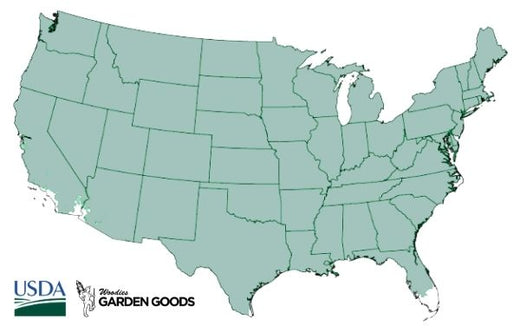
| Hardiness Zone: | 3-9 |
|---|---|
| Mature Height: | 6 to 8 Feet |
| Mature Width: | 6 to 8 Feet |
| Classification: | Broad leaved decidious shrub, summer flowering |
| Sunlight: | Full sun to part shade |
| Habit: | Upright, densely branched |
| Flower Color: | White blooms turn pomegranate-red by fall |
| Foliage: | Dark green |
| Pruning Season: | Late winter to early spring, promotes increased branching and more flowers |
| Soil Condition: | Any well drained soil |
| Water Requirements: | Water well until established |
| Uses: | Extremely attractive when used as a focal point in the mixed border, mass planting, or a specimen planting |

